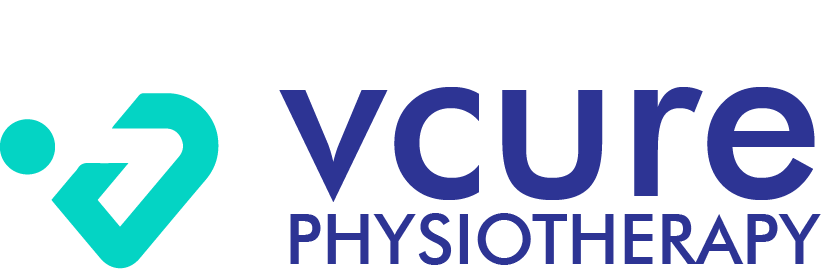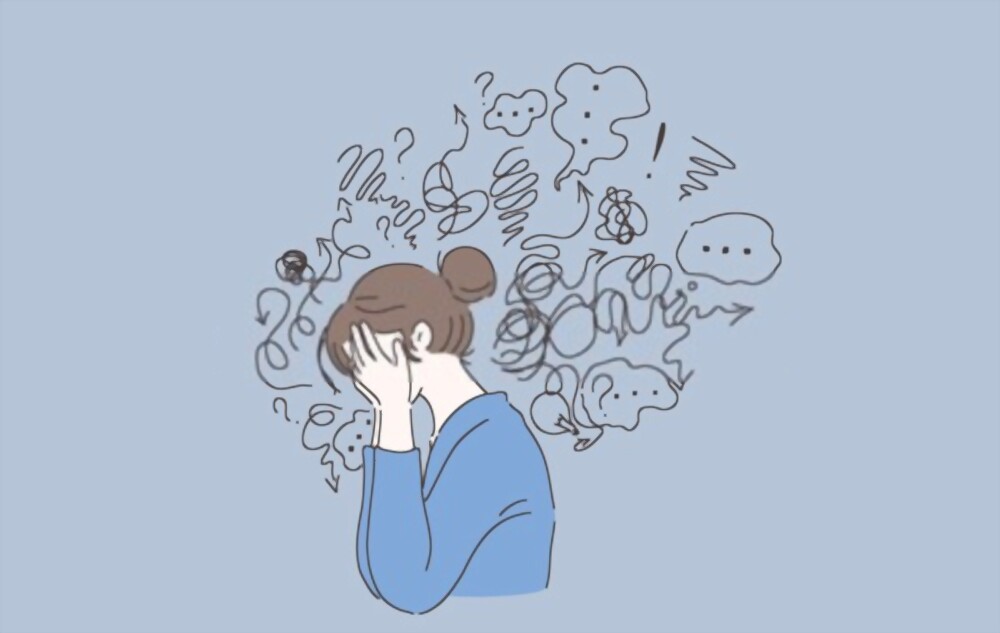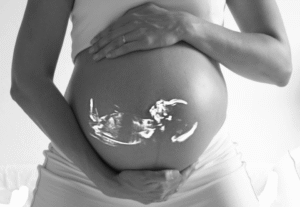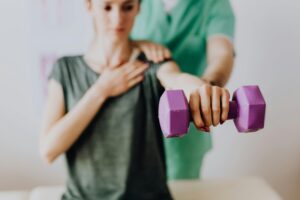What is panic disorder?
A Panic disorder is characterized by spontaneous and unexpected panic attacks. This may trigger severe physical reactions combined with major changes in behavior. It can severely affect daily functioning and general quality of life. The person may avoid the situation or places related to prior attacks.
Etiology
The etiology is multifactorial. The exact cause is unknown however, Family history, brain abnormalities, substance abuse and stress may trigger an attack.
Genetics
People who have first-degree relatives with panic disorder are up to 20 times more likely to develop the disorder.
Autonomic Nervous System
A defect in the autonomic nervous system result in hypersensitivity, increased arousal and chemical imbalance. These are responsible for panic attacks.
Substance Abuse- excess smoking and alcohol or drug abuse is linked to panic attacks
Other Factors
- history of anxiety
- history of physical or sexual abuse
- physical illness
- significant life events such as the death of a family member.
Signs and Symptoms-
Panic disorder is characterized by many symptoms such as-
- dyspnea
- Chest pain
- sweating
- Palpitations
- Dizziness
- shaking
- Intense feeling of terror
- Nausea
- Tingling or numbness
- Dry mouth
- Chills
- Fear of losing control
Treatment options-
Psycho-education:
Developing an understanding and acceptance of the diagnosis.
Lifestyle changes:
Avoiding stimulants such as caffeine, smoking, alcohol, substance abuse.
Regular exercise
Stress management interventions
Breathing/relaxation exercises:
Slow breathing and graded muscle relaxation techniques
Cognitive behavioural therapy
Graded exposure
Reintroducing the patient to feared stimuli to test their anxiety control. progress as tolerated.
Exercises-
exercise is shown to reduce depressive symptoms and to boost mode. Hence physical activity is essential.
Also read-https://vcurehealthcare.com/what-is-anemia-read-to-know-more/





